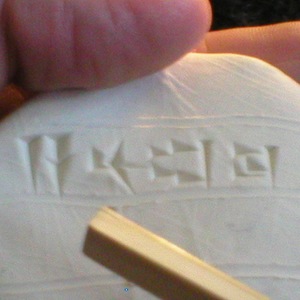Literary Allusion in the Bible (Book of Daniel): SBL/AAR 2012
One of my two proposals to SBL/AAR 2012 has been accepted, with the other still unreported. "SBL/AAR" is the annual meeting of two societies, the Society of Biblical Literature and the American Academy of Religion.
I will be presenting in the Book of Daniel consultation on "Allusion to Isaiah in Daniel 7-12, in Light of 35 Years of Allusion Criticism." The pitch is to look at the methodological disarray that characterizes the study of literary allusion in the Bible, and demonstrate how a commitment to greater clarity yields better readings and opportunity for more productive exchanges between scholars.
I see that Chris Jones has reawakened the Twitter hashtag #SBLAAR for reporting acceptances. What will you be doing in Chicago this November at SBL/AAR? And is anyone else still waiting for word on any of your proposals?
